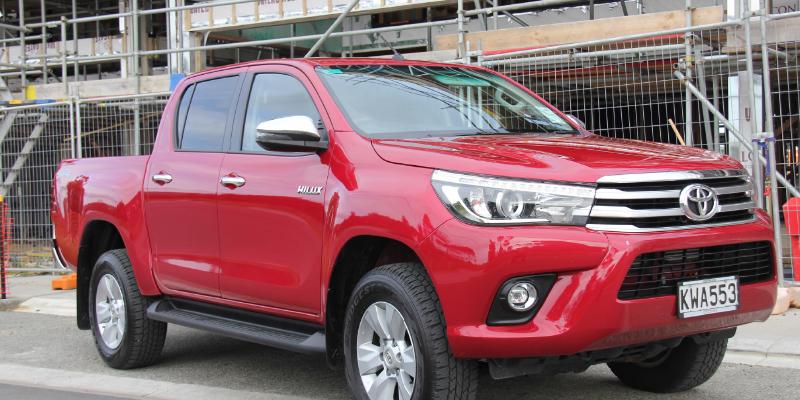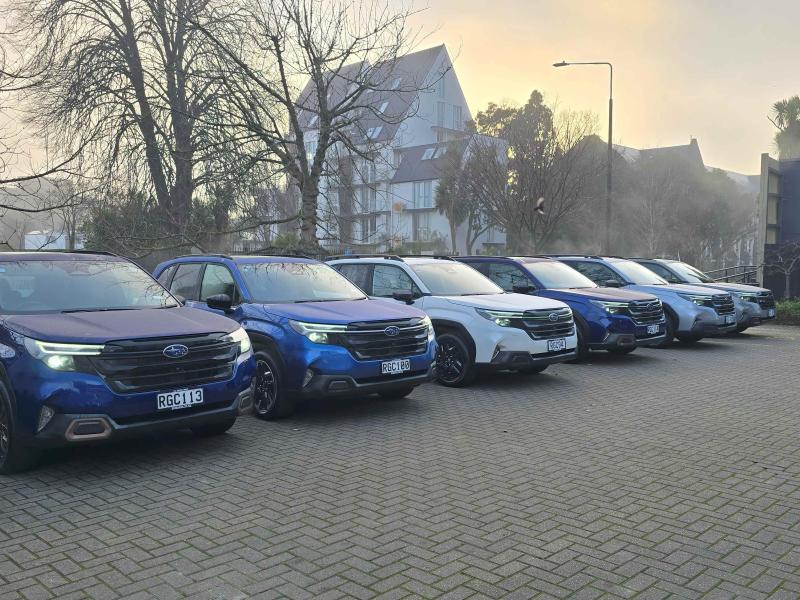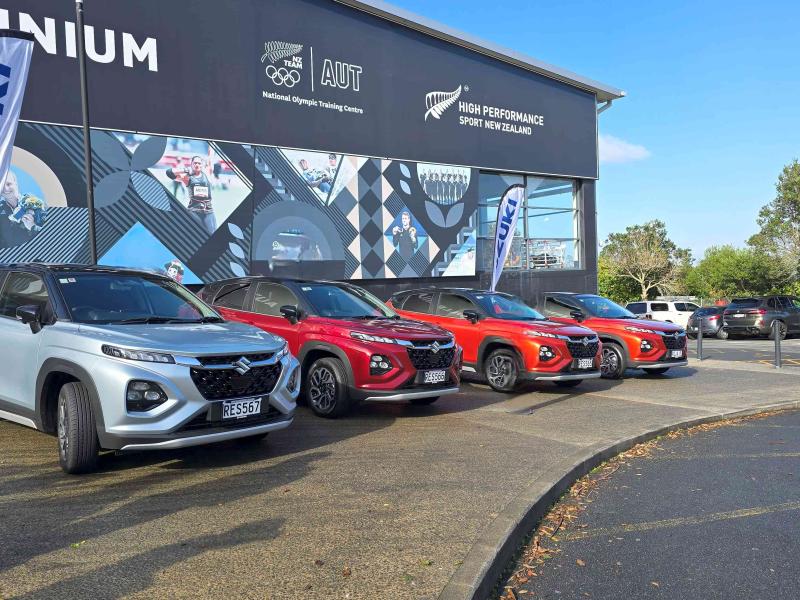Toyota’s double cab SR5 4WD Hilux may not sit at the top of the truck tree for Toyota, but for sure, it’s the bread and butter model of the extensive Hilux range.
This particular example may not suit all comers, equipped as it is with a manual six-speed transmission, but for those who don’t mind – or prefer to have – three pedals underfoot, Hilux has your ute, and it’s got a particularly clever little trick in that six pack.
Differentiating the SR5 from the other nine 4WDs in the 21-strong Hilux range, is a little, seemingly innocent little button, labelled i-MT, which stands for drumroll please: intelligent Manual Transmission.
What’s intelligent about it? Well, this stick shift is almost clever enough to fool you into thinking you are driving an automatic, because what i-MT does is mitigate the shift shock inherent in conventional manuals.
It does this in the same way as a motorcycle quickshifter or autoblipper, matching the engine speed with the speed of the transmission.
The system is most noticeable on a downshift, when you can clearly see the matchup happening. The rev counter kicks up the RPMs, while the transmission catches up to smoothly slip into the next gear without the associated ‘lurch’ sensation that upsets rear seat occupants or sends loose cargo sliding around in the tray.
Once we worked out what it was doing, the i-MT quickly became our favourite gadget onboard the Hilux, which is not exactly light on cool stuff, being an SR5 model and therefore getting slightly upgraded everything in comparison to the regular variety ‘Lux.
Hilux has been somewhat overshadowed by its competition in recent years, but registration figures notwithstanding, it still has a hardcore legion of fans who are happy to keep supporting the model regardless.
‘Lux loyalists are going to be well impressed with the eighth generation, which is playing a very good game of keeping up with the Jones’s – especially in the SR5 versions.
Some might mourn the loss of the stubby 4WD stick selector, but the dial up system is tidier and just as effective, much like the engine in fact.
The Hilux now runs a 2.8-litre, four-cylinder, turbo diesel with a 130kW power output and respectable 420Nm of stump-slinging torque within a comfortably low 1400 to 2600rpm range.
OK, not as spectacular as the young upstart utes who went on a campaign to win the ‘’torque race’’, but Toyota simply didn’t feel the need to take part in a spitting contest, focusing more on improving a tried and true engine in line with consumer demand based on workability.
Yes, some styling changes have happened, and styling is always going to be subjective, but the Hilux look is distinctive without being jarring, so that’s a win.
Concessions to modern contrivances? Yep. There’s a whacking great seven-inch touchscreen for audio, app access, reversing camera and SUNA navigation system for starters and Toyota’s voice command system is one of the better ones on the market.
Ride quality overall is good, though a little load in the back end definitely shows the ‘Lux in a better light. Hefting a 3500kg towed vehicle – which the SR5 is rated for – will likely smooth things out a whole lot more.
The Toyota Hilux then, is not going quietly into the dark – far from it if the current iteration is anything to go by.
Toyota is playing a long game with the Hilux and I suspect there are a few more hands to play before the big players call, and the strong-handed Hilux still has unshown aces.






